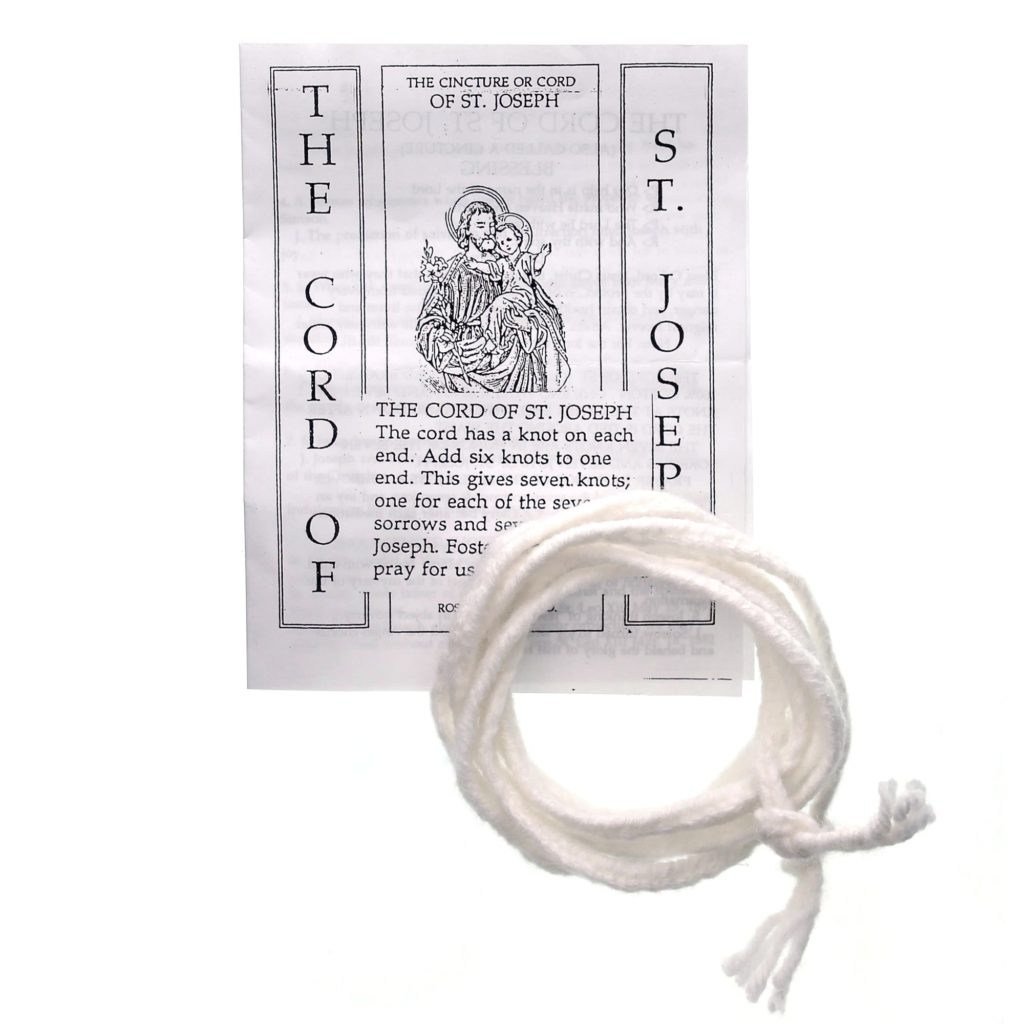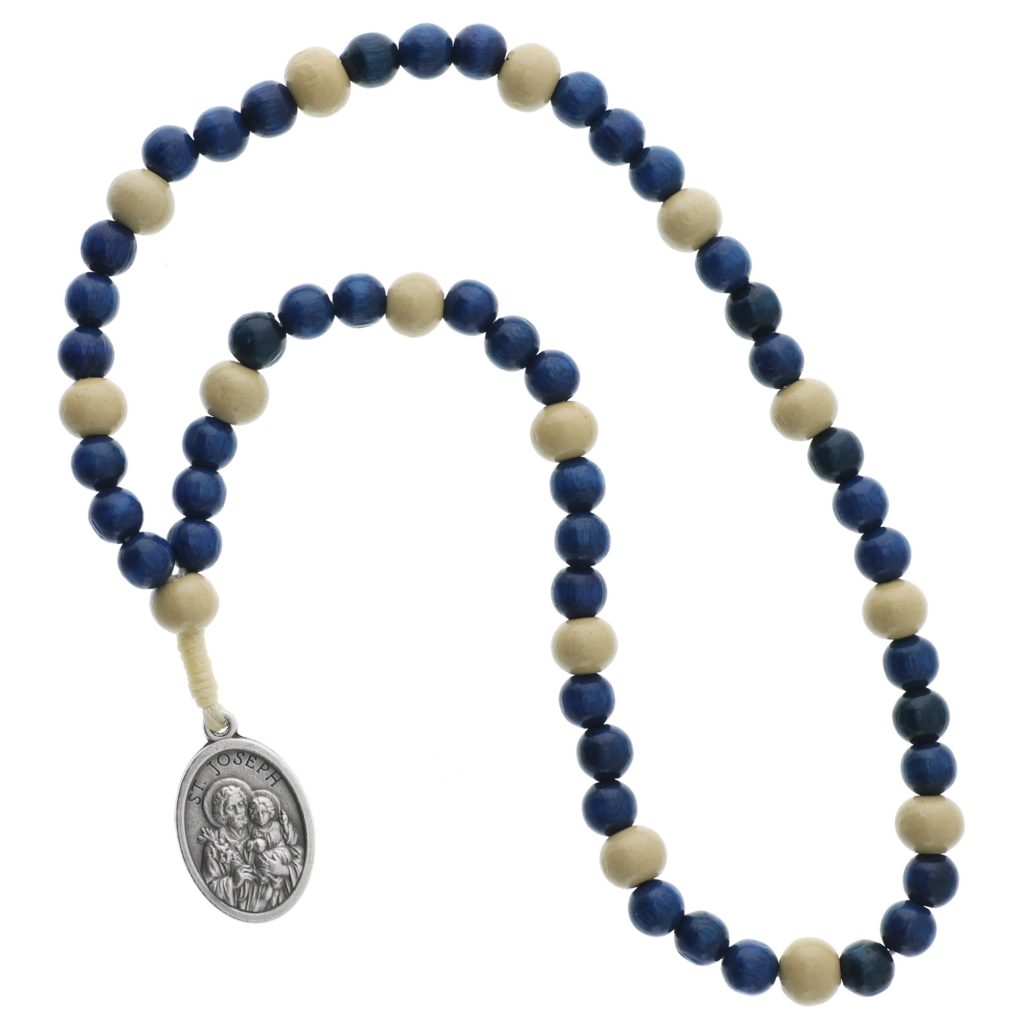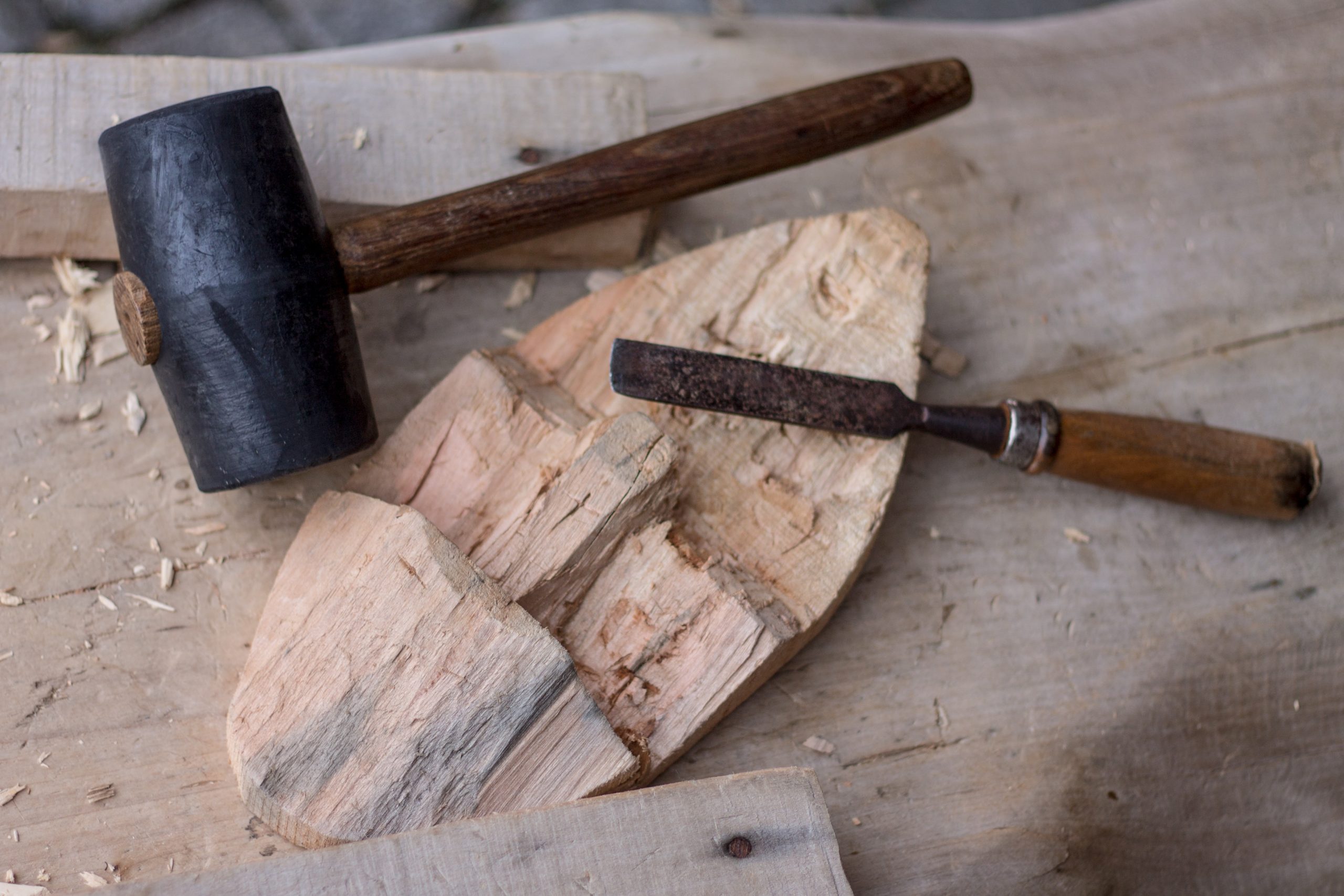St. Joseph, because of his unique relationship to Jesus and Mary, is among heaven’s most powerful protectors and intercessors. Read a list of St. Joseph’s causes and patronages, as well as some of the many saints who were devoted to St. Joseph. How will you grow in your devotion to him? Here are some ideas:
St. Joseph’s Seven Sorrows and Seven Joys Devotion & the Seven Sundays Devotion
An effective means of obtaining special graces through the intercession of St. Joseph is to honor his seven sorrows and seven joys by the practicing the Seven Sundays devotion.
The Seven Sundays in honor of St. Joseph are observed by receiving Holy Communion in his honor on seven consecutive Sundays, and on each Sunday the prayers in honor of the Seven Sorrows and the Seven Joys of St. Joseph are recited. This devotion may be practiced at any time of the year, but especially on the seven Sundays preceding his solemnity on March 19th.
| JOSEPH’S SEVEN SORROWS | JOSEPH’S SEVEN JOYS |
| 1. The doubt of St. Joseph (Matt. 1:19) | 1. The message of the Angel (Matt. 1:20) |
| 2. The poverty of Jesus’ birth (Luke 2:7) | 2. The birth of the Savior (Luke 2:10-11) |
| 3. The Circumcision (Luke 2:21) | 3. The Holy Name of Jesus (Matt. 1:25) |
| 4. The prophecy of Simeon (Luke 2:34) | 4. The effects of the Redemption (Luke 2:38) |
| 5. The flight into Egypt (Matt. 2:14) | 5. The overthrow of the idols of Egypt (Is. 19:1) |
| 6. The return from Egypt (Matt. 2:22) | 6. Life with Jesus and Mary at Nazareth (Luke 2:39) |
| 7. The loss of the Child Jesus (Luke 2:45) | 7. The finding of the Child Jesus in the Temple (Luke 2:46) |
The Chaste Heart of St. Joseph

St. Joseph is known as “the just man” and, as such, was a man of singular virtue. This strength of character, this reign of virtue, extended to all aspects of his life and his person—including his heart. His whole being was oriented to his God. His love was properly ordered, his affections purified. Unlike St. Joseph, we tend to struggle, and oftentimes fail, with matters of the heart. Our culture certainly does not hold the virtue of chastity in high esteem. Therefore, it can seem incredible to us that a man like Joseph was able to rise to the lofty challenge presented to him: to be the “chaste guardian of the Virgin” (and of all virgins) and the foster-father of the Son of God. Such a task requires both remarkable human virtue and unexcelled amounts of God’s grace. St. Joseph had both.
The tradition with regard to the age of St. Joseph varies (the Eastern Church holds that he was an old man, while the West concedes that he may have been much younger), but at the heart of the issue is the fact that it was Joseph’s virtue—not merely old age, lack or virility, or lethargic passions—that safeguarded the perpetual virginity of the Mother of God, and allowed him to guide and protect Mary and Jesus with such strength of pure love.
This should be a great consolation to us who still wander in this vale of tears, striving for holiness. St. Joseph was a great man with a “most chaste heart” but whose love was certainly not cold. For this reason, the Diocese of Charlotte’s logo for the Year of St. Joseph depicts his Most Chaste Heart inflamed with love and adorned with the white lily of purity. The heart of St. Joseph should give us great hope that purity of heart lies within our reach, thanks to the grace of God and the intercession of Joseph-most-chaste!

The Cord (Cincture) of St. Joseph
The devotional cord of St. Joseph is a practice that arose in Belgium in the mid-twentieth century following the miraculous healing of an Augustinian nun, attributed to her wearing of a white cord around her waist. This devotion endures to this day and is associated with many special graces, notably those of purity and of a happy, holy death. You can find out more and order your own devotional St. Joseph’s cord here.
The Chaplet of St. Joseph

The Chaplet of St. Joseph is a prayerful reflection on his life as the Head of the Holy Family. The traditional Chaplet of St. Joseph contains fifteen groups of four beads for the traditional fifteen mysteries of the Holy Rosary. The white beads symbolize the purity of St. Joseph and the blue beads represent his saintly piety. Find out more and order your own devotional St. Joseph’s cord here.
Continue reading . . .
- St. Joseph Traditions
- St. Joseph’s Table
- Prayers to St. Joseph
- Saint Quotes about St. Joseph

